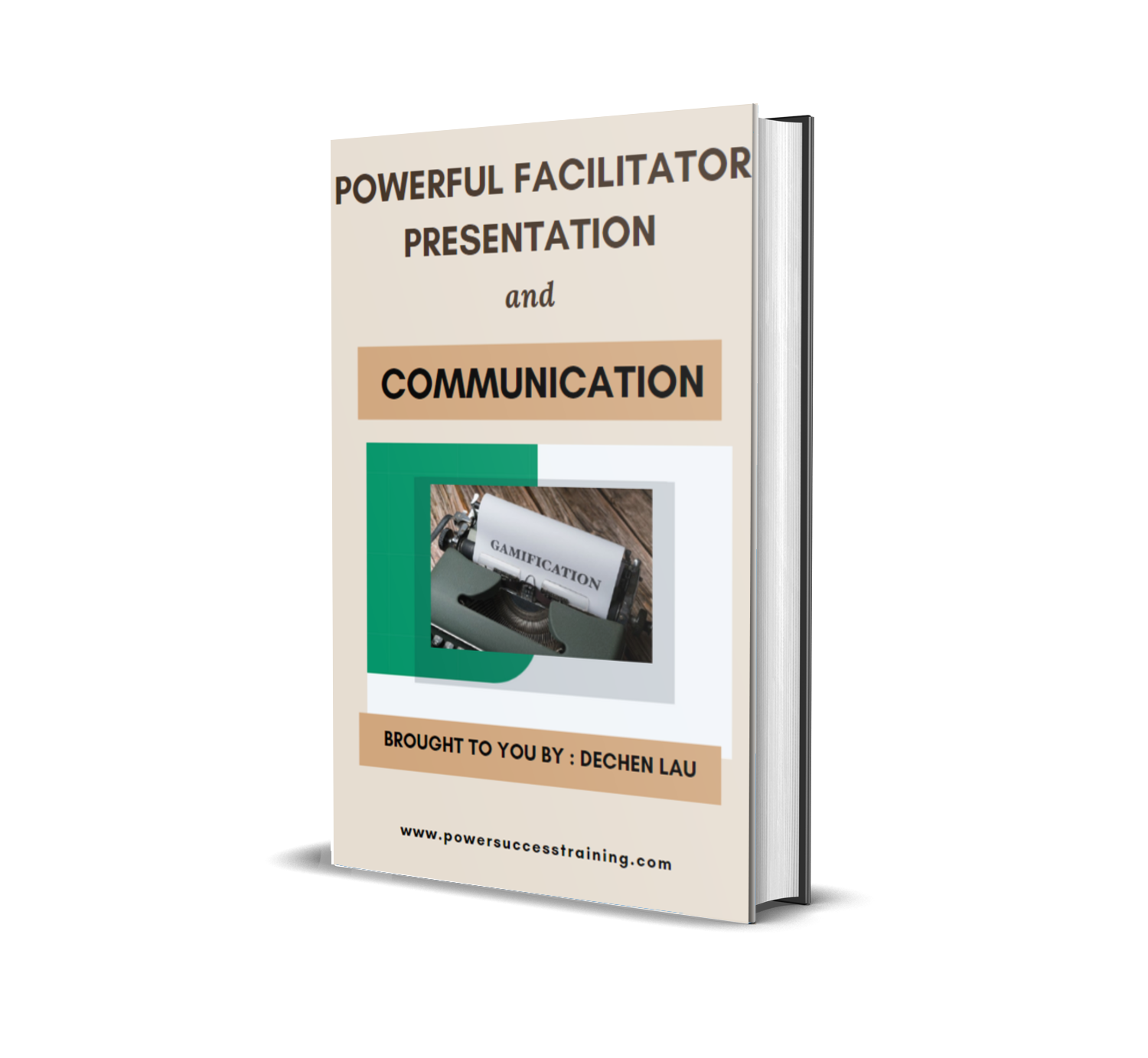An important part of self-publishing that can have a big impact on the reader’s experience is e-book formatting. E-books, in contrast to traditional print books, need a particular format and arrangement to be aesthetically pleasing and simple to use across a range of devices. Authors and publishers now approach book design differently due to the rise of digital reading, so it’s critical to comprehend the subtleties of formatting for various platforms. In addition to making a work easier to read, proper formatting helps ensure that the author’s work remains consistent across a variety of ebook readers, tablets, and smartphones. Beyond just being aesthetically pleasing, ebook formatting is also essential for discoverability and sales.
Key Takeaways
- Ebook formatting is essential for creating a professional and readable digital book.
- Choosing the right file format, such as EPUB or MOBI, is crucial for ensuring compatibility across different devices.
- Properly formatting text and images is important for a visually appealing and user-friendly ebook.
- Creating a table of contents helps readers navigate the ebook easily and find specific sections.
- Adding headers and footers can enhance the overall design and provide important information to the reader.
A smooth reading experience is valued by readers, so an ebook with proper formatting has a higher chance of getting good reviews. A book must also follow certain formatting requirements set by numerous retailers in order to be included in their catalogs. Comprehending the complexities of ebook formatting can enable writers to showcase their work in a polished manner, making it stand out in a competitive market. Industry Standard: EPUB. With compatibility for the majority of e-readers, such as Apple Books, Kobo, and Nook, EPUB is commonly considered the industry standard.
One of its main benefits is that it supports reflowable text, which makes it a great option for a range of devices by enabling the content to adjust to different screen sizes. MOBI: The Preferred Format for Amazon Kindle. Conversely, MOBI is mostly connected to Amazon Kindle devices. MOBI files are less flexible than EPUB files, even though they can be read on Kindle devices. MOBI is a less popular option for writers who wish to reach a wider audience because of its limited compatibility. PDF: A Format for Particular Requirements.
For their ebooks, authors might also think about using PDF format in addition to EPUB and MOBI. For books with intricate graphics or complicated designs, PDFs’ fixed layouts can be advantageous. On the other hand, PDFs are less responsive to screen sizes, which may result in a poor reading experience on smaller screens. Because of this, standard fiction or non-fiction ebooks that need formatting flexibility are typically not advised to be in PDF format. Care must be taken when formatting text and images in an e-book.
Reading comprehension can be greatly impacted by font, size, and spacing selection. Sans-serif fonts, such as Arial or Helvetica, can improve legibility on computer screens, but serif fonts, like Times New Roman, might work better on paper. To guarantee comfortable reading without eye strain, authors should strive for a font size of 11 to 14 points. It’s also important to take into account line spacing; 1 point 5 is frequently advised to allow sufficient space between text lines.
An ebook’s visual appeal can be greatly enhanced by images, but proper formatting is essential to prevent conversion problems. Authors should make sure that their images are saved in suitable formats, like JPEG or PNG, & have a minimum resolution of 300 DPI. Images should also be web-optimized to minimize file size without compromising quality. Images must be positioned carefully within the text to preserve context and flow; for instance, following a pertinent paragraph with an image can support the discussion of the topic.
Any ebook must have a well-organized Table of Contents (TOC) to make it easy for readers to navigate between chapters and sections. Consistent use of heading styles throughout the document is necessary when creating a TOC. Subheadings and chapter titles can be styled using the built-in styles found in the majority of word processing programs.
These styles allow writers to automatically create a TOC, saving time and guaranteeing accuracy. The TOC should be aesthetically pleasing in addition to being useful. To enable readers to click on chapter titles and navigate straight to the section they want, authors should think about including hyperlinks in the TOC. The user experience is greatly improved by this feature, particularly in longer ebooks where scrolling can get tiresome.
Also, readers who prefer conventional navigation methods may find additional context by including page numbers with chapter titles. Although they are frequently disregarded in ebook formatting, headers & footers can be very beneficial when used properly. The book or chapter title is usually found in the header, whereas page numbers or author details may be found in the footers. Adding this information gives the ebook a polished appearance that improves presentation overall and aids readers in finding their way around.
Authors should be careful not to obstruct the ebook’s primary content when creating headers and footers. For example, headers are kept unobtrusive by being brief and positioned at the top of every page. In a similar vein, footers ought to fill the page without taking up too much space.
It’s also critical to take into account how headers and footers will look across various platforms; content that shows well on a tablet might not display well on a smartphone. One crucial component of ebook formatting that cannot be disregarded is making sure it works on different devices. Unique features and restrictions of various e-readers may have an impact on how an ebook appears. For instance, some fonts and formatting options found in EPUB files might not be compatible with Kindle devices. Therefore, before publishing, authors should test their ebooks across a variety of platforms to find any potential problems.
Another important factor to take into account when formatting ebooks is accessibility. All readers, including those with disabilities, should be able to use the ebooks that authors create. This entails providing images with descriptive alt text so that screen readers can efficiently communicate information. In order to avoid alienating certain readers, authors should also refrain from using jargon or extremely complicated language. By putting accessibility first, writers not only abide by the law but also reach a wider audience.
An ebook must frequently be converted into other formats after it has been formatted in its original file type in order to be viewed by a larger audience. For this, a number of tools are available, such as Calibre and Adobe InDesign, which let writers easily convert their files between different formats. It’s critical to select a conversion tool that preserves the original formatting while making platform-specific adjustments. Authors should closely monitor how elements such as tables, hyperlinks, and images are displayed in the new format during the conversion process. After conversion, careful testing is essential because conversions can occasionally result in unanticipated changes to layout or functionality.
Before publishing the converted files, authors should make sure everything shows up as intended by opening them on various devices and e-readers. Throughout the process, authors should follow a few best practices to get the best formatting results for their ebooks. Above all, it is crucial to keep the document structure neat and orderly.
This entails employing standardized formats for lists, paragraphs, and headings across the entire document. In addition to making formatting easier, a well-structured document also makes managing headers and footers and creating a Table of Contents simpler. Maintaining reasonable file sizes without sacrificing quality is another crucial piece of advice.
Because of lengthy loading times or device storage restrictions, large file sizes may discourage potential readers from downloading an ebook. Authors should make sure that the finished product is both aesthetically pleasing and functional by optimizing images and eliminating extraneous components that could increase file size. Last but not least, getting input from professional formatters or beta readers can yield insightful information about possible problems that might have gone unnoticed during setup. Talking to people with ebook publishing experience can help you find areas that need work & make sure the finished product satisfies industry requirements.
Authors can write polished digital works that appeal to readers on a variety of platforms and increase their chances of success in a market that is becoming more and more competitive by adhering to these guidelines and comprehending the nuances of ebook formatting.
If you’re looking to learn more about formatting an ebook, you might find it useful to explore membership options on platforms that offer extensive resources and tools for ebook authors. One such resource is the eBook Membership site, where you can join to access a wide range of materials that can help you with your ebook projects. For more information on how to become a member and take advantage of these resources, you can visit their membership registration page here. This could be a valuable step in mastering the art of ebook formatting.
FAQs
What is ebook formatting?
Ebook formatting refers to the process of preparing a digital book for publication. This includes ensuring the content is properly structured, the layout is consistent, and the file is compatible with various e-reader devices.
Why is ebook formatting important?
Proper ebook formatting ensures that the content is presented in a professional and readable manner. It also ensures that the ebook is compatible with different devices and platforms, providing a better reading experience for the audience.
What are the common file formats for ebooks?
Common file formats for ebooks include EPUB, MOBI, and PDF. EPUB is widely used and is compatible with most e-reader devices. MOBI is specifically designed for Kindle devices, while PDF is a fixed-layout format suitable for documents with complex formatting.
What are the key elements of ebook formatting?
Key elements of ebook formatting include consistent styling for headings, paragraphs, and other text elements, proper use of images and graphics, and ensuring the file is properly structured with a table of contents and navigation links.
What are the best practices for formatting an ebook?
Best practices for formatting an ebook include using a clean and readable font, optimizing images for digital viewing, testing the ebook on different devices, and adhering to the specific formatting guidelines of the chosen file format.


